We may earn money or products from the companies mentioned in this post. This means if you click on the link and purchase the item, I will receive a small commission at no extra cost to you ... you're just helping re-supply our family's travel fund.
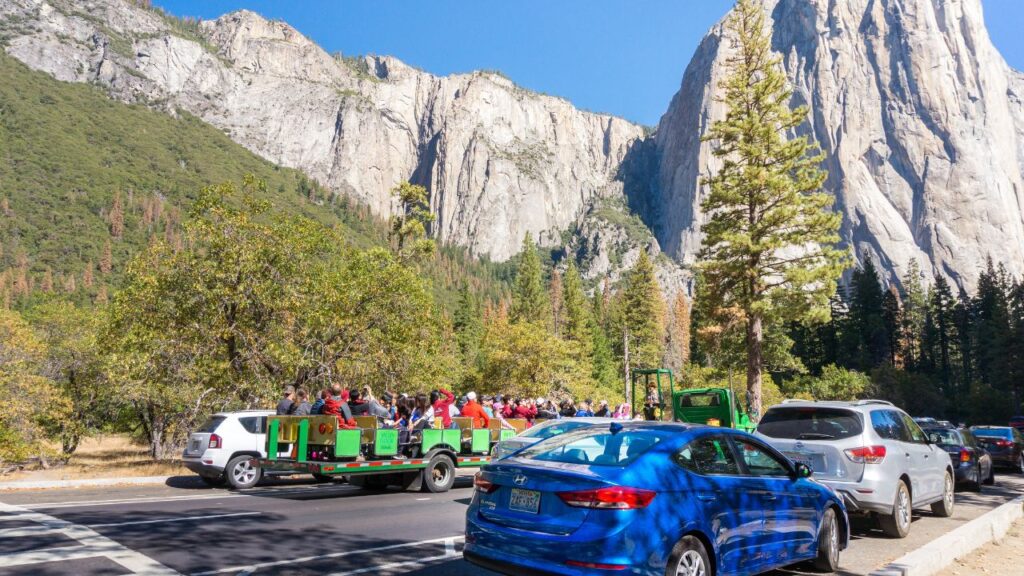
National parks are meant to offer serenity, stunning scenery, and a break from the rush of everyday life. But in recent years, the rise in tourism, social media-driven travel, and urban sprawl has made it harder to find quiet in some of America’s most iconic parks. From traffic-filled roads to crowded trails and jam-packed viewpoints, these once-peaceful destinations are now dealing with overwhelming demand. Below are 13 national parks where the sense of solitude is fading, replaced by the buzz of peak-season chaos.
Yosemite National Park (California)
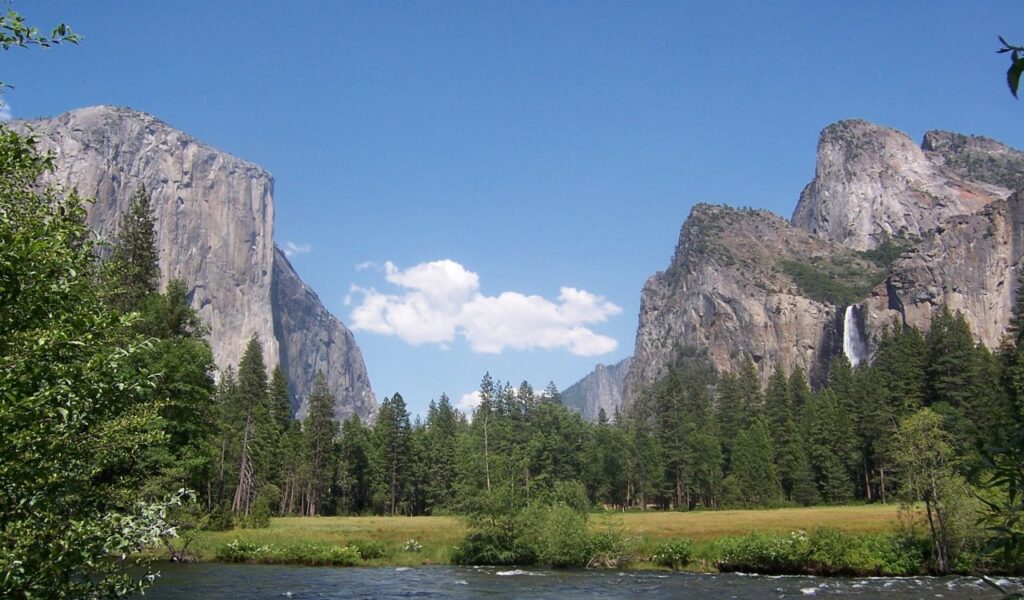
Yosemite’s waterfalls and granite cliffs are timeless, but peace and quiet here are quickly vanishing. With millions of annual visitors, it now suffers from clogged roads, jammed parking lots, and long lines at shuttle stops. Trails like Mist Trail and Yosemite Falls often feel more like a procession than a hike. The surge of social media tourism has only made things worse. While the views are still magical, the crowds can make it hard to feel immersed in nature unless you go off-season or far into the backcountry.
Grand Canyon National Park (Arizona)
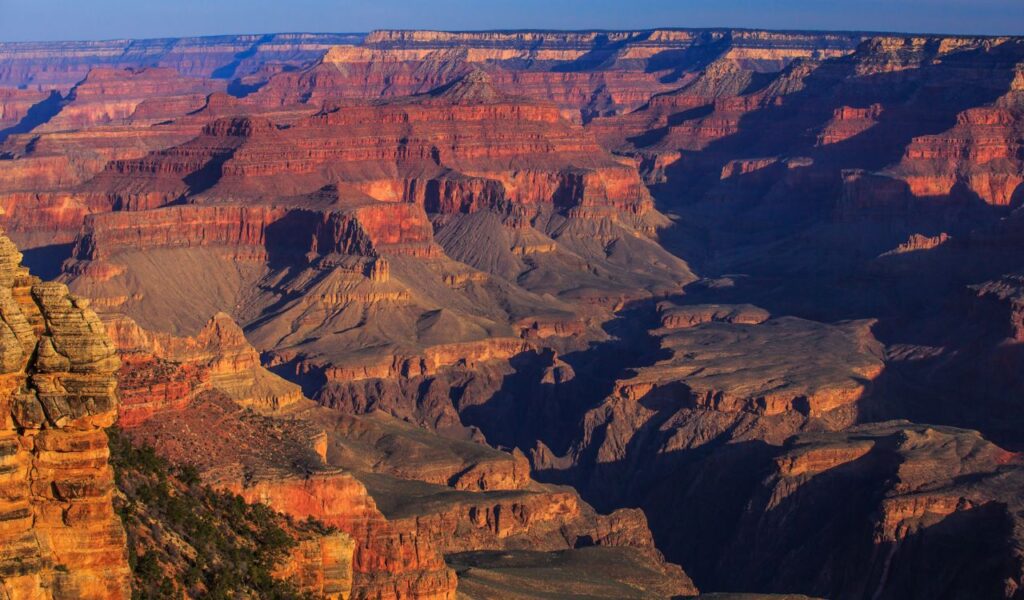
The Grand Canyon is breathtaking, but the visitor experience is far from serene. Especially on the South Rim, you’ll encounter crowded viewpoints, packed shuttles, and long restroom lines. Peak summer months resemble tourist resorts more than wilderness getaways. While remote trails still offer solitude, most visitors stick to the busy rim paths. Infrastructure struggles to keep up, and the peacefulness President Theodore Roosevelt once praised now feels buried under busloads of sightseers and selfie seekers.
Yellowstone National Park (Wyoming, Montana, Idaho)
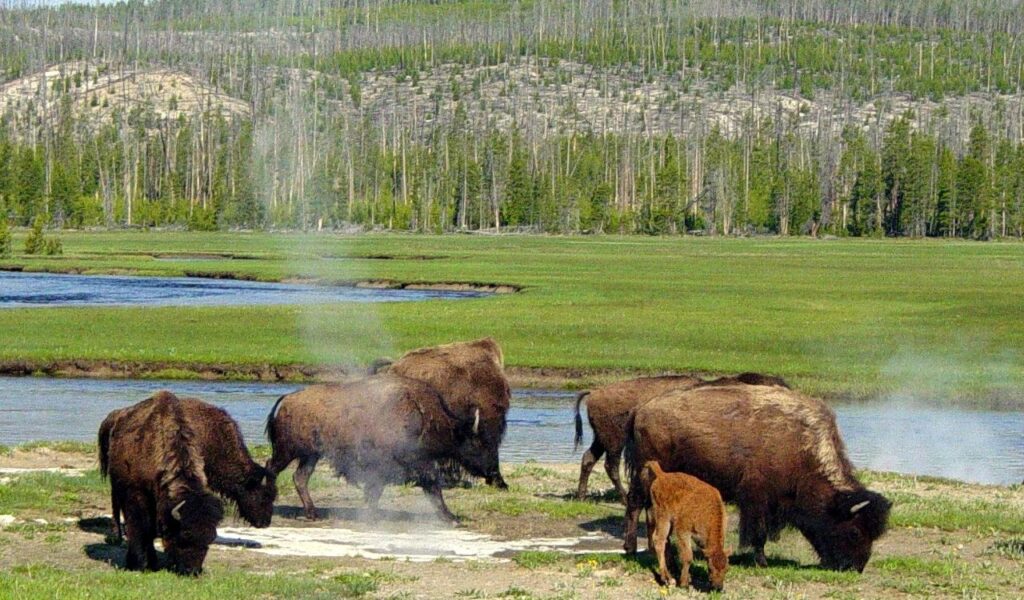
Yellowstone, the world’s first national park, is also one of the busiest. Famous sites like Old Faithful, Grand Prismatic Spring, and Mammoth Hot Springs are often packed wall-to-wall with tourists. Vehicle congestion can stretch for miles, sometimes caused by wildlife, but more often by sheer traffic. The magic of geysers and bison sightings remains, but it’s hard to enjoy with a hundred others elbowing for a photo. Increasing development around the park adds to the noise, making true tranquility rare.
Zion National Park (Utah)

Zion’s red-rock canyons and iconic hikes have made it one of America’s most visited national parks—and one of its most chaotic. Hikes like Angels Landing now require permits to handle the crowd surge. Shuttles are mandatory most of the year, yet trails still overflow. The Narrows, once a peaceful slot canyon adventure, now feels like a parade of hikers. While remote sections like Kolob Canyons are quieter, the main canyon is overwhelmed with foot traffic, making peaceful moments harder to come by.
Glacier National Park (Montana)
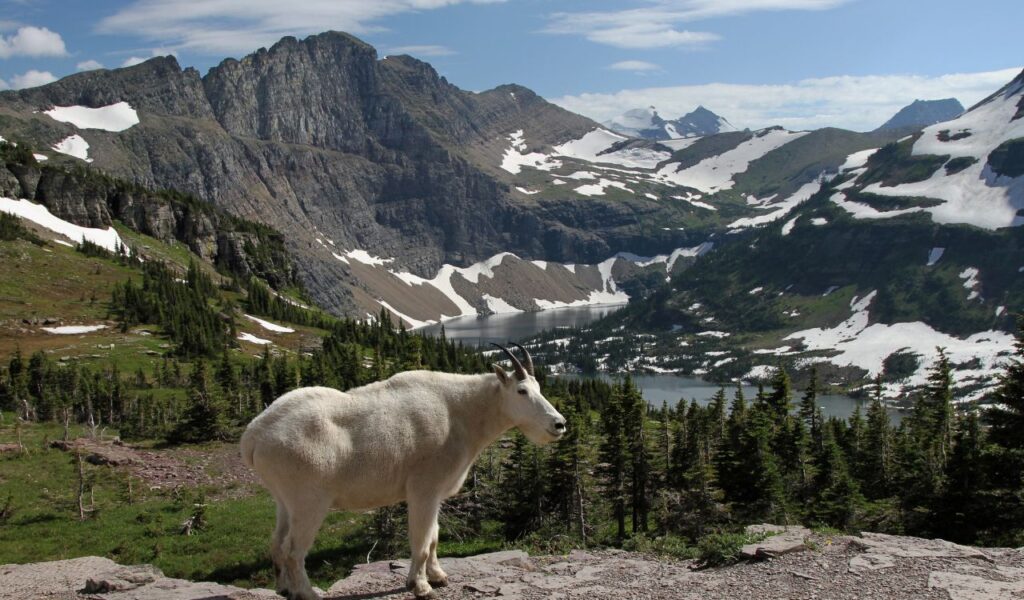
Known for alpine beauty and its famous Going-to-the-Sun Road, Glacier is facing crowding like never before. The road sees major backups, and trailhead parking lots fill before 7 a.m. in peak season. The short visitation window (due to snow) means high summer density. Wildlife sightings are now often a traffic event, not a quiet experience. While the remote wilderness areas still offer calm, most visitors don’t venture that far, leading to crowding and congestion in the park’s most scenic spots.
Great Smoky Mountains National Park (Tennessee & North Carolina)
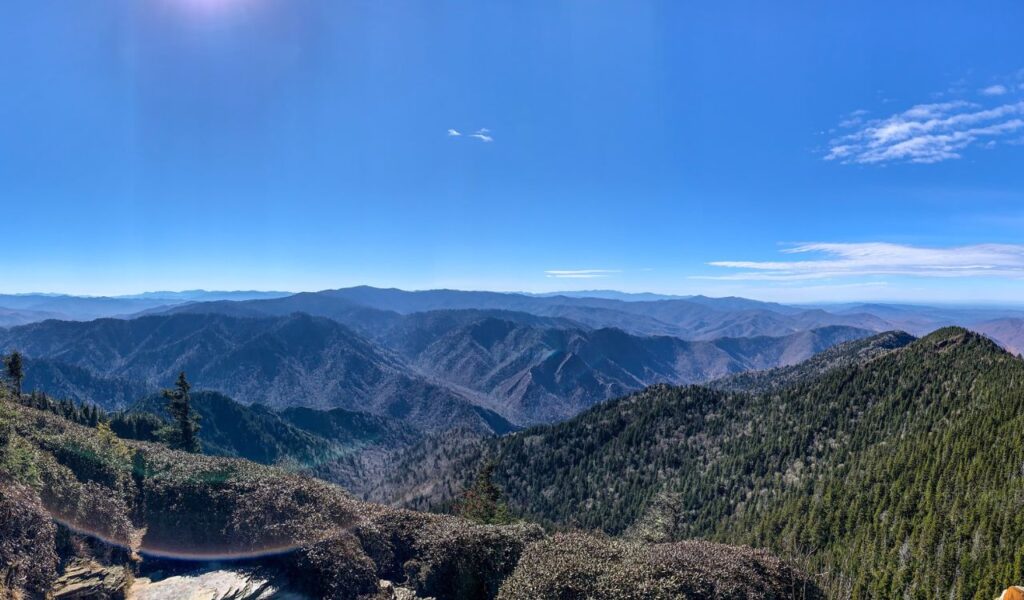
As the most visited national park in the U.S., the Smokies regularly see congestion that’s anything but peaceful. Scenic roads like Newfound Gap and Cades Cove Loop can resemble city streets. Parking is often full, and noise levels are rising. The park’s free admission and proximity to populous regions add to the daily rush. While quieter trails do exist, many main areas feel more like tourist attractions than backcountry escapes. You’ll need strategy and timing to enjoy any solitude here.
Rocky Mountain National Park (Colorado)
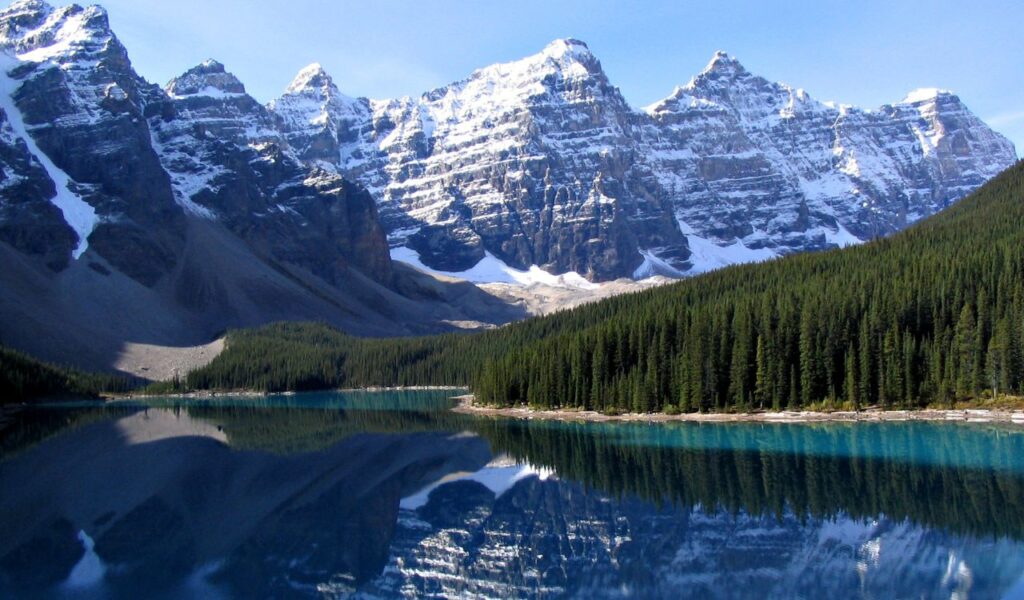
A short drive from Denver, the Rocky Mountains have become a go-to for weekend adventurers and tourists alike. Its popularity has brought timed-entry permits, full parking lots by sunrise, and jammed trailheads. Iconic hikes like Bear Lake or Emerald Lake now feel more like festivals. Wildlife sightings turn into photo ops with groups of people. While the high-altitude scenery is still remarkable, the visitor pressure makes peaceful, spontaneous experiences harder to come by, especially in summer.
Mount Rainier National Park (Washington)
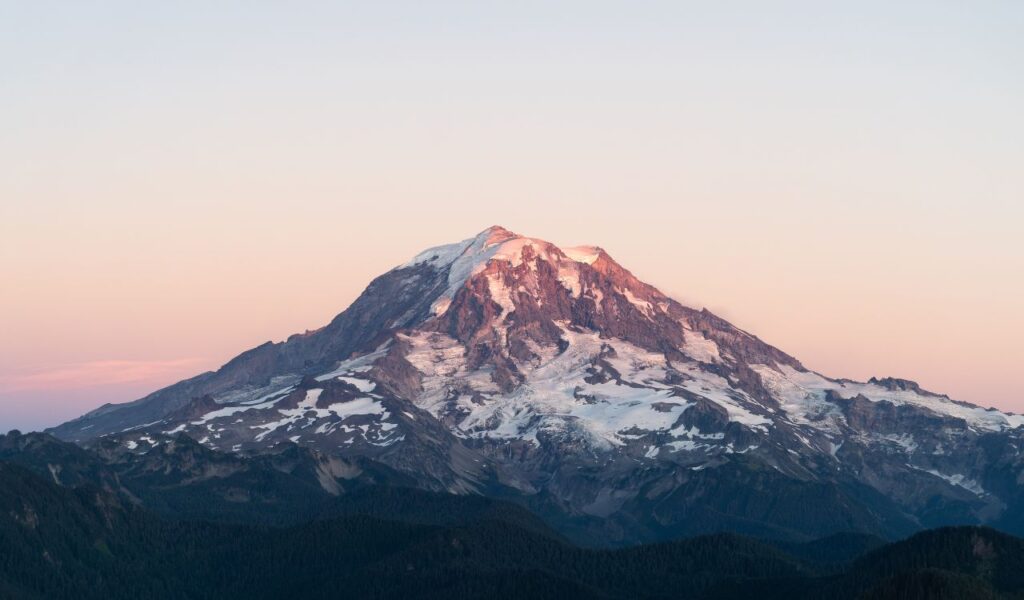
Mount Rainier’s snowcapped peak and wildflower meadows are undeniably stunning, but the crowds have caught up. The Paradise and Sunrise areas can be overwhelmed on summer weekends, and parking is a major challenge. Social media has made spots like Reflection Lake and Skyline Trail wildly popular. While the park is vast, most stick to the main roads and trails. As a result, tranquility near Rainier’s iconic views is now a rarity unless you visit on a weekday or hike deep into quieter zones.
Joshua Tree National Park (California)
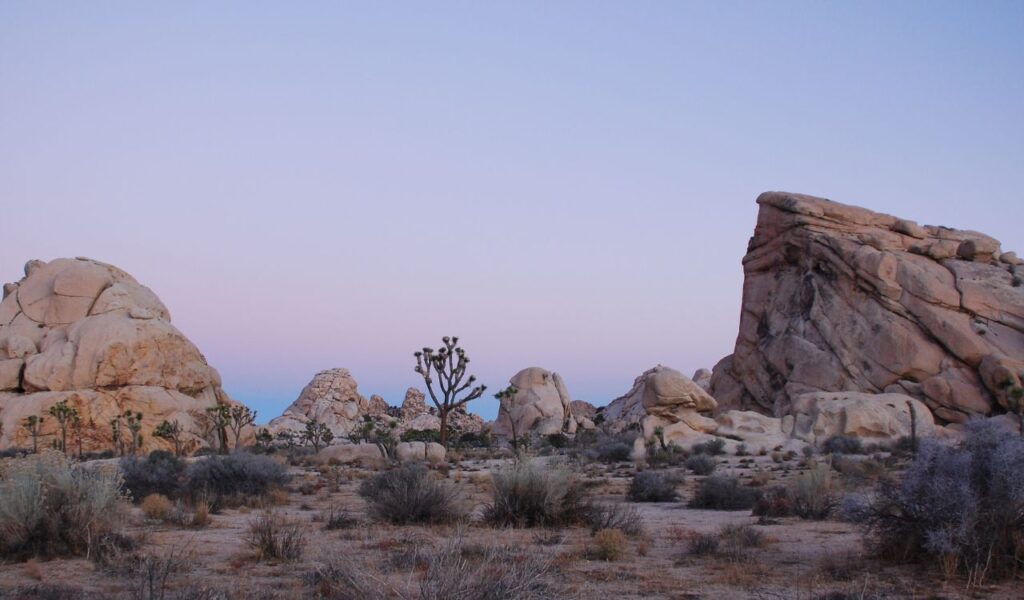
Once a quiet desert escape, Joshua Tree is now a magnet for tourists, climbers, and Instagrammers. Campgrounds book up months in advance, trails like Hidden Valley are jammed, and rock formations are frequently swarmed with photo shoots. Located just a few hours from L.A., it has become a trendy weekend destination. Noise, trash, and human presence are increasing in once-serene areas. Though the desert silence still exists, you’ll need to work harder and venture farther to find it.
Denali National Park (Alaska)
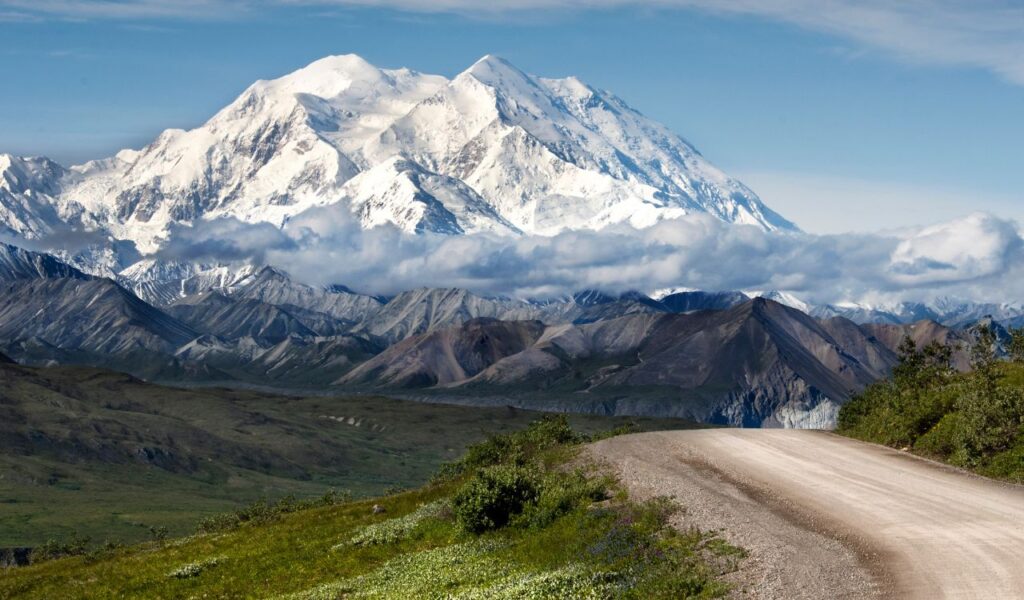
Denali used to feel like untouched wilderness, but access improvements have changed that. The single park road now carries buses full of visitors during the summer season, and major viewpoints like Wonder Lake and Eielson Visitor Center can feel surprisingly busy. While Denali is still remote compared to most parks, it’s no longer the empty frontier it once was. If you want true solitude, you’ll have to skip the buses and go off-trail into the vast backcountry wilderness on foot.
Hawai‘i Volcanoes National Park (Hawaii)
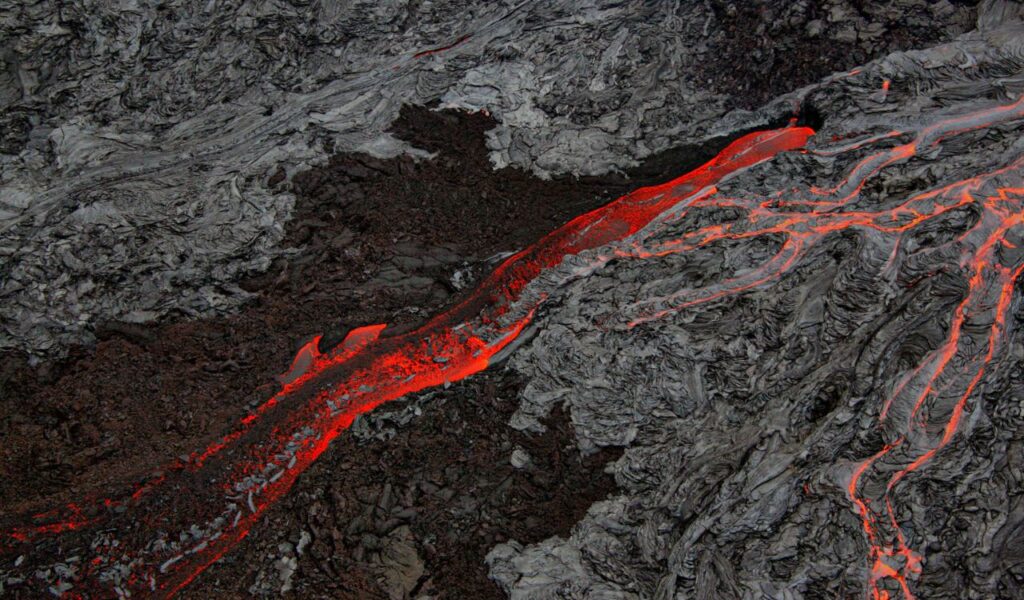
This park offers dramatic volcanic landscapes, but the tranquility has eroded with rising visitation. Eruption events attract large crowds, and popular trails like Kīlauea Iki are often packed. Viewpoints are lined with tourists, especially during active lava flows. The visitor centers, roads, and parking areas can feel more like urban centers than wild spaces. While the terrain still feels otherworldly, the atmosphere is often busy, loud, and less reflective than it once was.
Canyonlands National Park (Utah)
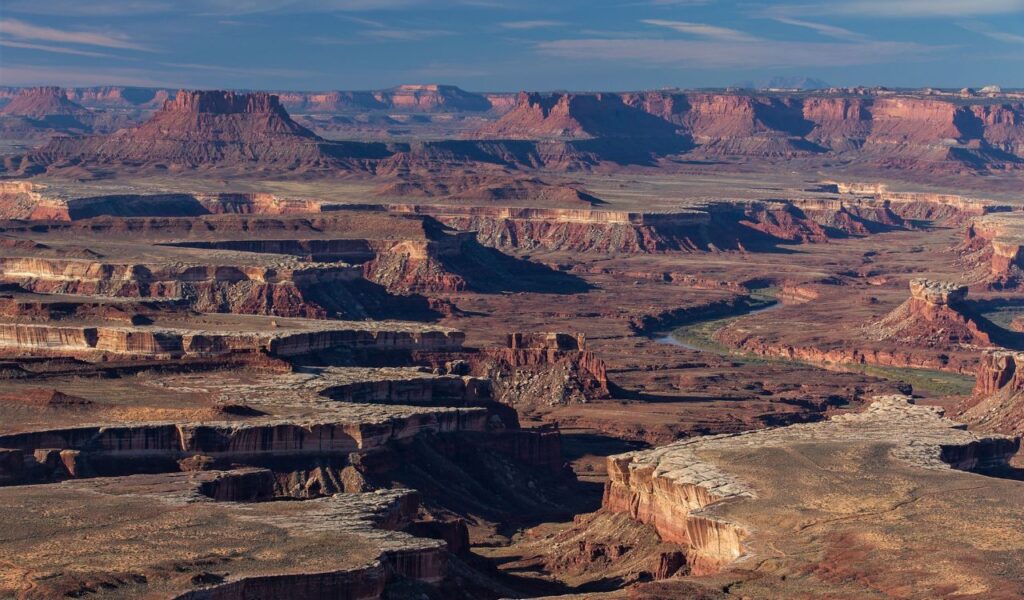
Canyonlands has long been seen as Utah’s quietest national park—until recently. Areas like Island in the Sky and the famous Mesa Arch are now packed at sunrise with photographers and influencers. Limited roads and parking mean that crowding becomes a problem quickly. While the Needles and Maze districts are still remote, most visitors never get that far. As a result, the easy-to-reach areas are losing the solitude that once defined this rugged desert park.
Acadia National Park (Maine)
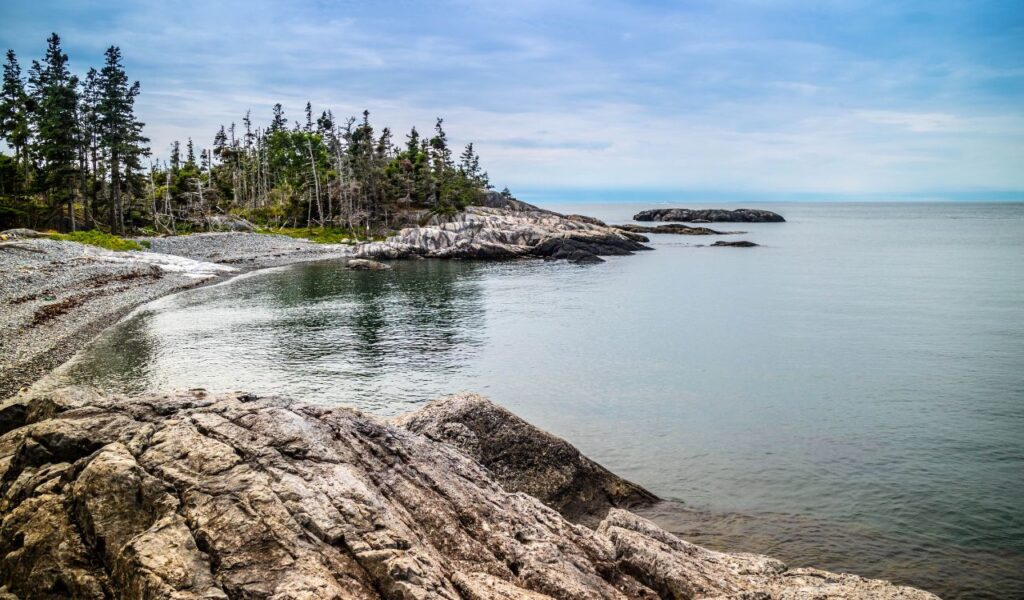
Acadia’s rocky coastlines and forested trails once offered quiet escapes, but the park has seen a surge in visitors, especially in peak summer. Cadillac Mountain attracts early risers chasing sunrise photos, filling parking areas before dawn. Carriage roads and hiking loops are crowded with cyclists and walkers. While some backcountry trails remain serene, many main attractions now feel bustling. To reclaim solitude, plan early mornings or explore less-traveled paths inland.